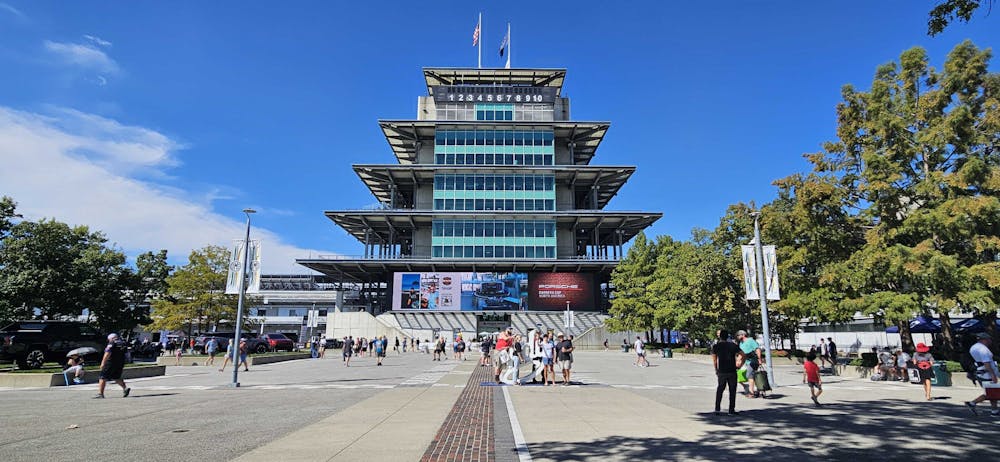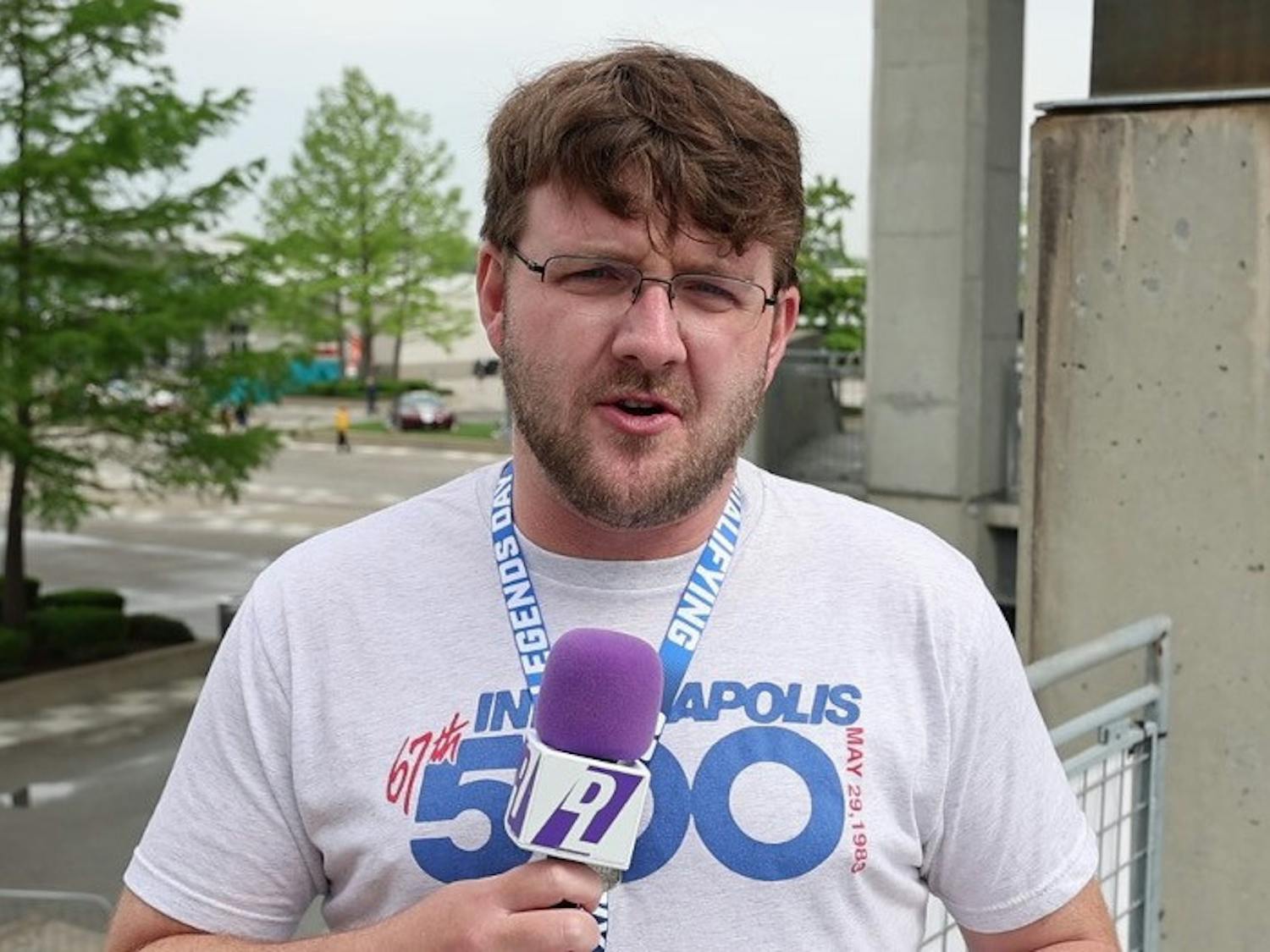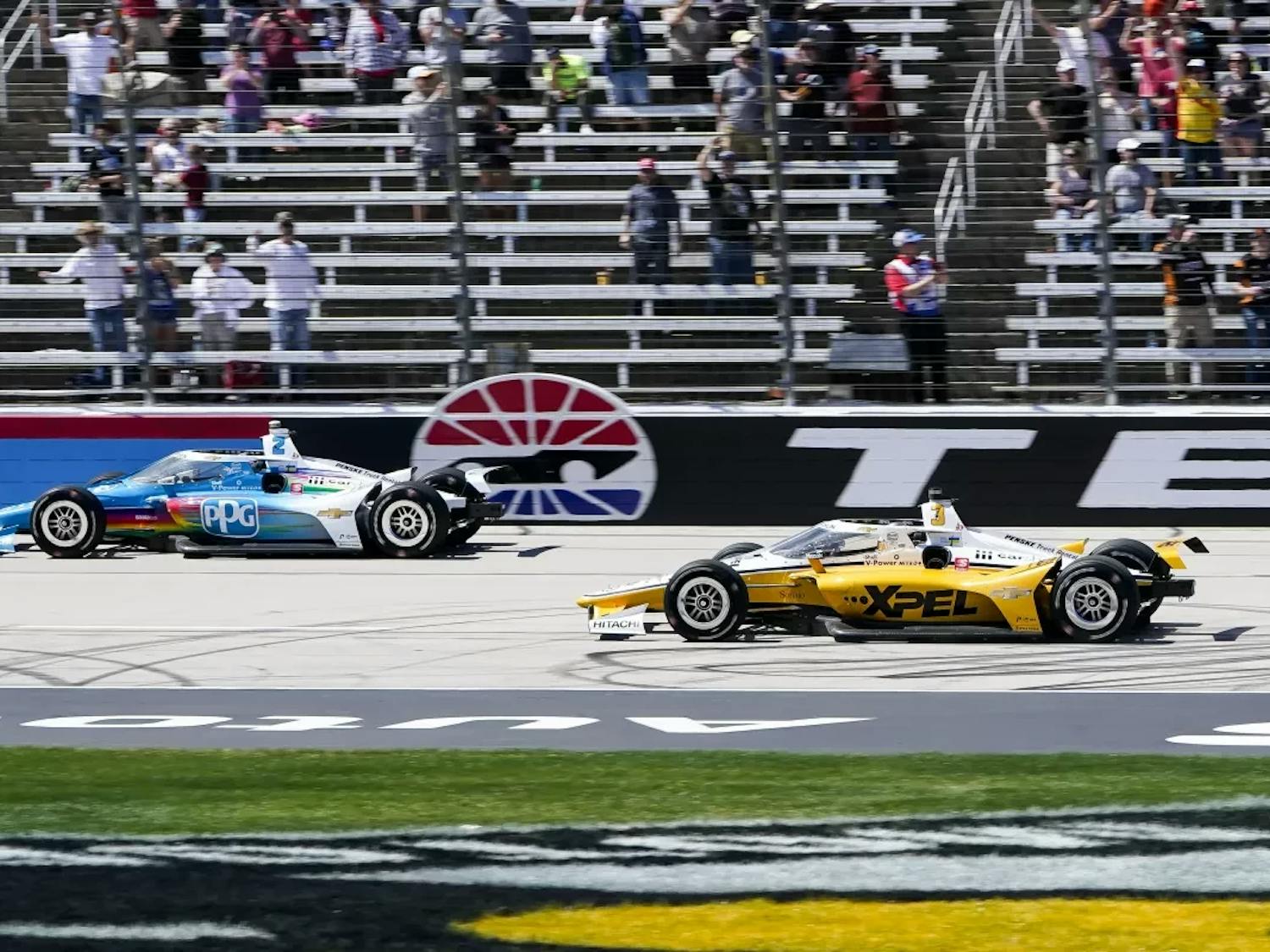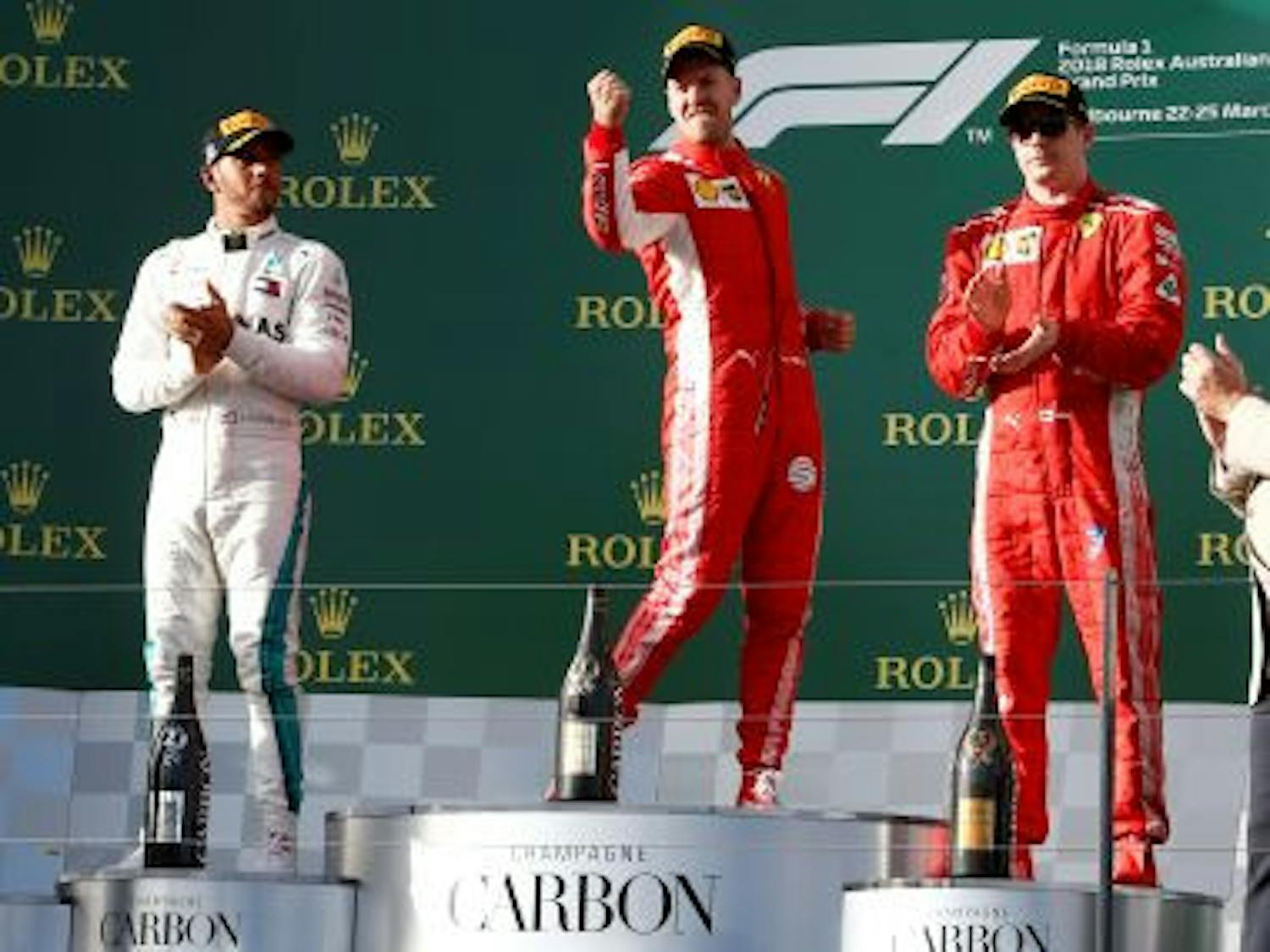Through the weekend of Sept. 19-22, the IMSA (International Motor Sports Association) Weathertech Sportscar Championship, America’s premier sportscar series, landed at Indianapolis Motor Speedway (IMS). Several hundred fans from around the country came to see, and I was one of them.
If I were to describe the fan experience of a motorsport weekend, I would describe it as intimate. Motorsports offers a personal experience, which makes it special compared to the traditional stick and ball sports that dominate American culture.
I’m from Phoenix. When I tell Indianapolis residents about my distant hometown, they ask me why I’m here in Indiana. I reply with two reasons: to escape the desert for a while and see the Speedway.
I’m a racing fan, which informed my decision to attend IUI. Plenty of colleges are near race tracks, but one is a ten-minute drive from the racing capital of the world.
The Weathertech Sportscar Championship, commonly called IMSA, is one of my favorite motorsports. The Battle on the Bricks event was my second time seeing the sport in person, the first being in Long Beach, California, two years ago.
IMSA prioritizes the fan experience. They know what the fans love in racing, and they deliver.
According to the IMS website, a three-day general admission ticket for the Battle on the Bricks is $85 to $120, depending on when you buy your ticket in the year; the earlier the better. However, IMSA isn’t the only championship competing that weekend, as its support championships of the Michelin Pilot Challenge, the Porsche Carrera Cup and Super Trofeo are present. You can see all four events for the price of one ticket.
The general admission ticket gives access to several seating options around the IMS Road Course, as marked on digital maps provided by IMSA and IMS. The entire race track is open for your view, with certain sections of the grandstands and camping grounds available for the fans.
I sat in the grandstands across the pitlane, where I could watch the teams in the pitlane and the cars flying down the main straight at full throttle.
Those who haven’t visited a race track assume a major disadvantage is being restricted to a limited view of the circuit and, therefore, a limited view of the race itself, and they’re right. The speedway’s inner road course is 2.4 miles long, and the upper grandstands aren’t available. Race organizers, however, are aware of this issue and have provided a solution.
Television screens are placed around the circuit. So, no matter where you are, you know what’s happening where you can’t see.
Fun fact: Race cars are loud. IMSA is diverse with engines. From a Cadillac’s throaty V8 to a Porsche’s screeching flat-six, they’re louder at IMS. Sitting in the lower grandstands, the engines reverberate through the metal, rattling your bones and assaulting your ears. Ear protection is a must.
In racing, two stars, the drivers and the cars, run the show. Luckily for the fans, IMSA lets you meet your human or machine idols.
The team garages are open to visit in Gasoline Alley. You can walk up to the outside of the garage and watch the teams work. If you’re lucky, you could see a driver and talk to them.
IMSA had 150 drivers competing that weekend. That’s a lot of names and faces to remember. However, they’re easy to spot around the paddock, wearing their racing suits with helmets in hand. The best part is that you can just talk to them. When you see them around the paddock, they’re free to approach most of the time, and you can say hello and get a picture. On Friday, I saw my favorite drivers around the paddock, but I chickened out. Luckily for me, an autograph session was held on Saturday, a common practice for many motorsports, and I got a hat signed by the drivers of one of my favorite teams.
56 cars were present, split into three car types. There were the Grand Touring Prototypes (GTP), high-tech race cars built specifically for the track, the Le Mans Prototype 2 (LMP2), cheaper cars built and sold by a third-party manufacturer, and Grand Touring Daytona (GTD), road cars modified to race. After the practice sessions on Friday and Saturday, fans saw the cars up close as they left the pitlane for their garages.
It’s important to stay alert when you’re in Gasoline Alley. Employees of the race teams rush around the infield in golf carts and ATVs hauling equipment. Also, give space for the cars when they drive into their garages. They have wide turning circles, and some drivers like to rush in. I almost got hit by a Mustang GT3 on Friday.
Like all sporting events, merchandise is sold. Paraphernalia of the IMS, IMSA, and certain racing teams are offered. Local sellers also set up shop and sell other racing-related merchandise, such as car models, stickers, shirts, flags and paintings.
Several hundred people showed up for the weekend, which wouldn’t come close to filling the capacity of the average stadium, let alone the IMS on Memorial Day weekend. However, that small number allows the personal experience of an IMSA race. Besides, everyone is bunched around the garages and the Pagoda, so it gets crowded.
Sunday was race day and everyone arrived early. An IMSA tradition is the grid walk, where before each race, the cars are lined up down the pitlane in the order they qualified on Saturday, and the fans are let loose for an hour.
Some drivers and team members stuck around during the grid walk, which is another opportunity for pictures and conversations. It got crowded in some parts of the pitlane, and sometimes we shuffled in packs like zombies. That was the case for the front end of the pitlane that had the GTPs, the star prototypes of the championship. Everyone wanted to see those machines up close.
Once the grid walk ended and the fans were cleared, the six-hour race began. I sat in my usual spot across the pitlane and remained there for the entire race. The entirety of the race was a treat, as usual for an IMSA race, and it ended with a BMW first and second, a surprise for everyone.
IMSA is a sport that prioritizes the fan experience. The championship gives you plenty of opportunities to see what you love up close, and I’m glad I got to experience my favorite sport at one of the greatest tracks in the world.
Most motorsports provide the same experience, such as other sports car championships, and when you attend a championship like this, you’re not watching it. You’re a part of it.
Adan Perez is a freshman studying physics. Originally from Phoenix, Arizona, he likes to watch sportscar racing and read Tom Clancy novels.





